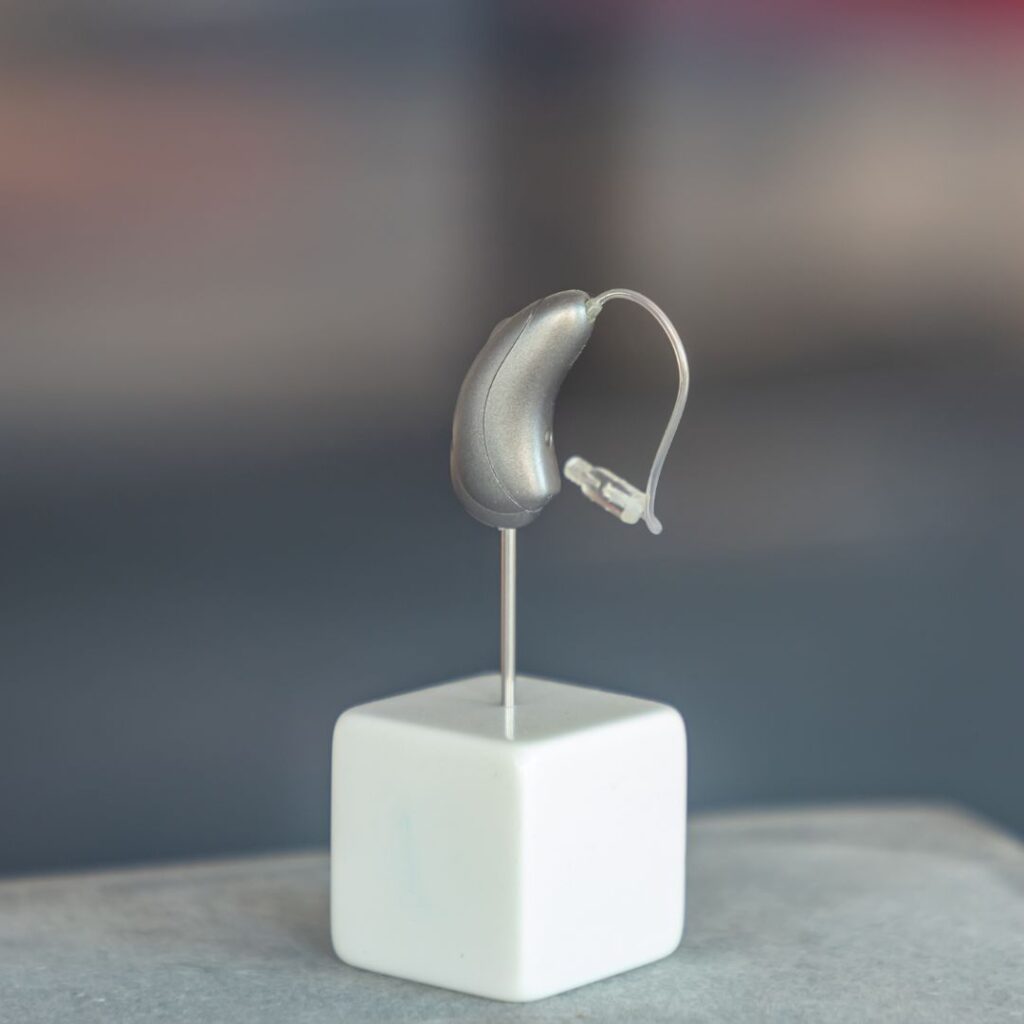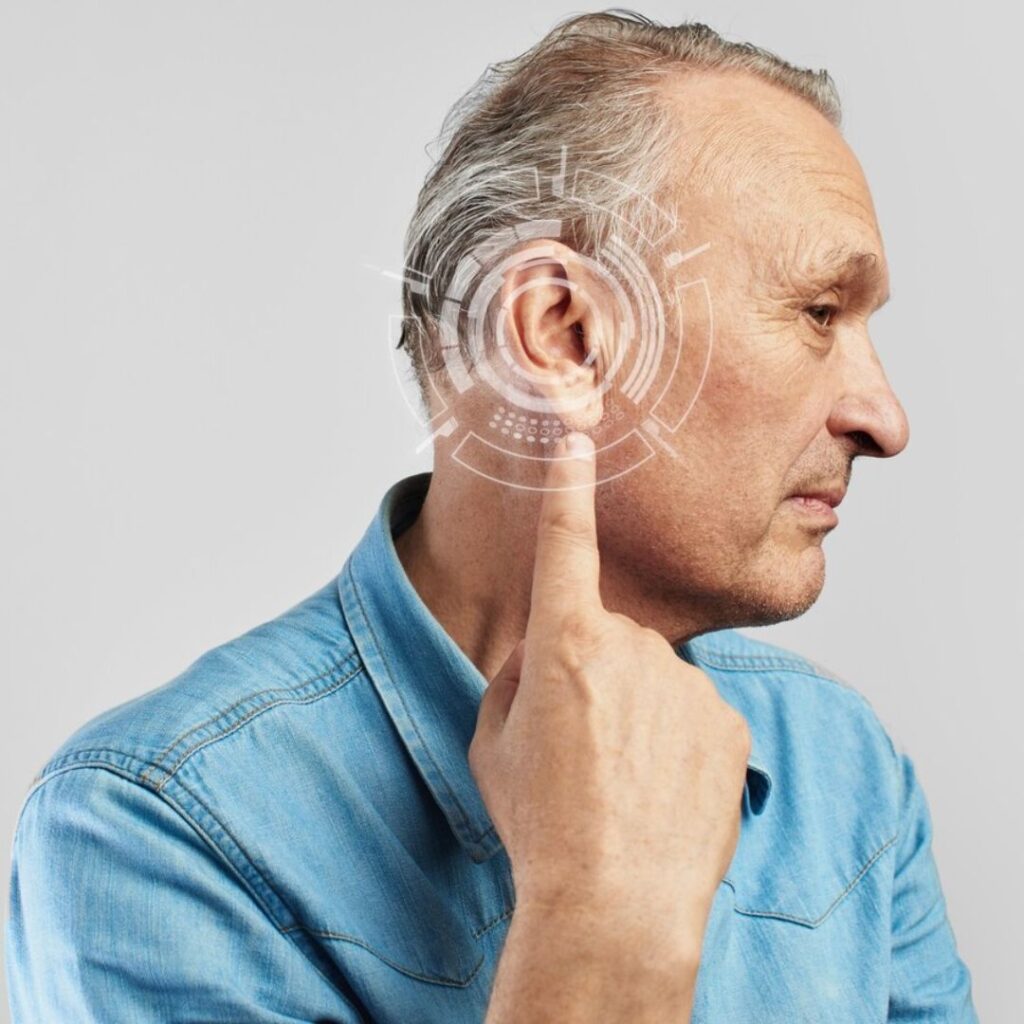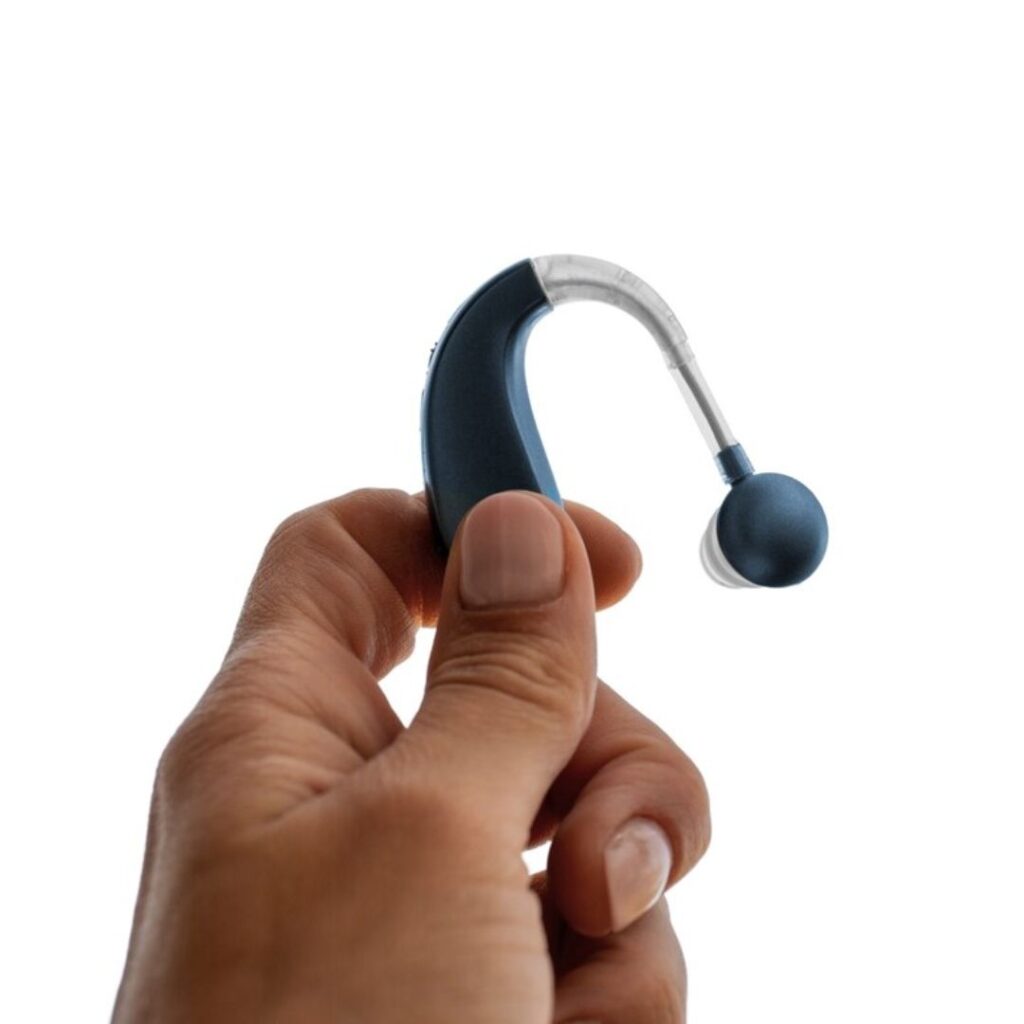

Introduction
Hearing loss can be a life-changing experience, but with today’s advancements in technology, hearing aids have become more effective, discreet, and accessible than ever. Whether you’re exploring hearing aids for yourself or a loved one, it’s essential to understand how they work, their benefits, and how to choose the right one. This guide will walk you through the basics of hearing aids, their types, features, and tips for maintaining them.

What Are Hearing Aids?
Hearing aids are small, advanced electronic devices designed to enhance hearing for individuals with hearing loss. They work by amplifying sound, allowing users to hear more clearly in both quiet and noisy environments. A typical hearing aid consists of a microphone that picks up sound, an amplifier that increases the strength of the signals, and a speaker that delivers the amplified sound to the ear. Modern hearing aids are digital, which means they can be customized to suit a person’s unique hearing needs. They also come with features like noise reduction, Bluetooth connectivity, and rechargeable batteries, making them highly adaptable to different lifestyles.
Types of Hearing Aids
There are several types of hearing aids, each designed to meet different hearing needs and lifestyle preferences. Behind-the-Ear (BTE) aids are the most common and versatile, suitable for mild to profound hearing loss, and they sit comfortably behind the ear with a tube directing sound into the ear canal. In-the-Ear (ITE) aids are custom-fitted to the outer ear and are ideal for mild to severe hearing loss, offering a more discreet appearance. In-the-Canal (ITC) and Completely-in-the-Canal (CIC) aids are even smaller, fitting inside the ear canal, making them nearly invisible, though they are best suited for mild to moderate hearing loss. Lastly, Receiver-in-Canal (RIC) aids offer a mix of the benefits of BTE and ITC, with the receiver placed inside the ear canal, providing better sound clarity for various levels of hearing loss while maintaining a lightweight, comfortable fit.

Key Features to Look For in Hearing Aids
When choosing a hearing aid, several key features can significantly enhance your experience. Noise reduction is essential, as it helps minimize background sounds while amplifying speech, allowing for clearer conversations in noisy environments. Directional microphones further improve this by focusing on sound from specific directions, making it easier to hear in crowded spaces. Bluetooth connectivity enables seamless pairing with devices like smartphones and TVs, letting you stream calls and media directly to your hearing aids. Rechargeable batteries offer convenience by eliminating the need for constant battery replacements, while telecoil technology connects to public sound systems in venues such as theaters, ensuring you never miss important audio. Additionally, for those suffering from tinnitus , hearing aids with masking features can provide relief by playing soothing sounds. These features ensure a better, more personalized hearing experience.

Maintaining Your Hearing Aid
Maintaining your hearing aid is crucial to ensuring its longevity and optimal performance. Regular cleaning is essential—use a soft, dry cloth to remove any earwax or debris that may accumulate on the device. Avoid exposing your hearing aid to moisture, as water can damage its sensitive electronics; always remove it before showering or swimming, and consider using a dehumidifier to keep it dry overnight. Recharge or replace batteries as needed to avoid interruptions in performance. Lastly, store your hearing aids in a protective case when not in use to safeguard them from dirt, dust, and physical damage.
Conclusion
Hearing aids are life-changing devices that can significantly improve quality of life for those with hearing loss. With various types and advanced features available, choosing the right hearing aid may seem overwhelming at first. However, by consulting with a professional audiologist and considering your specific needs, you can find the perfect device to suit your lifestyle. Embrace the world of sound again with confidence and clarity!